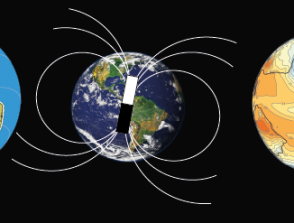Reconstruction of the eruptive sequence of the Deccan Traps, India : climatic and environmental consequences
Start: 05 September 2003
End: 05 December 2006
Supervisors :
Vincent Courtillot, Frédéric Fluteau
Related teams :
Paleomagnetism Paleoclimate Environment (PAMCE)
Status: Defended





